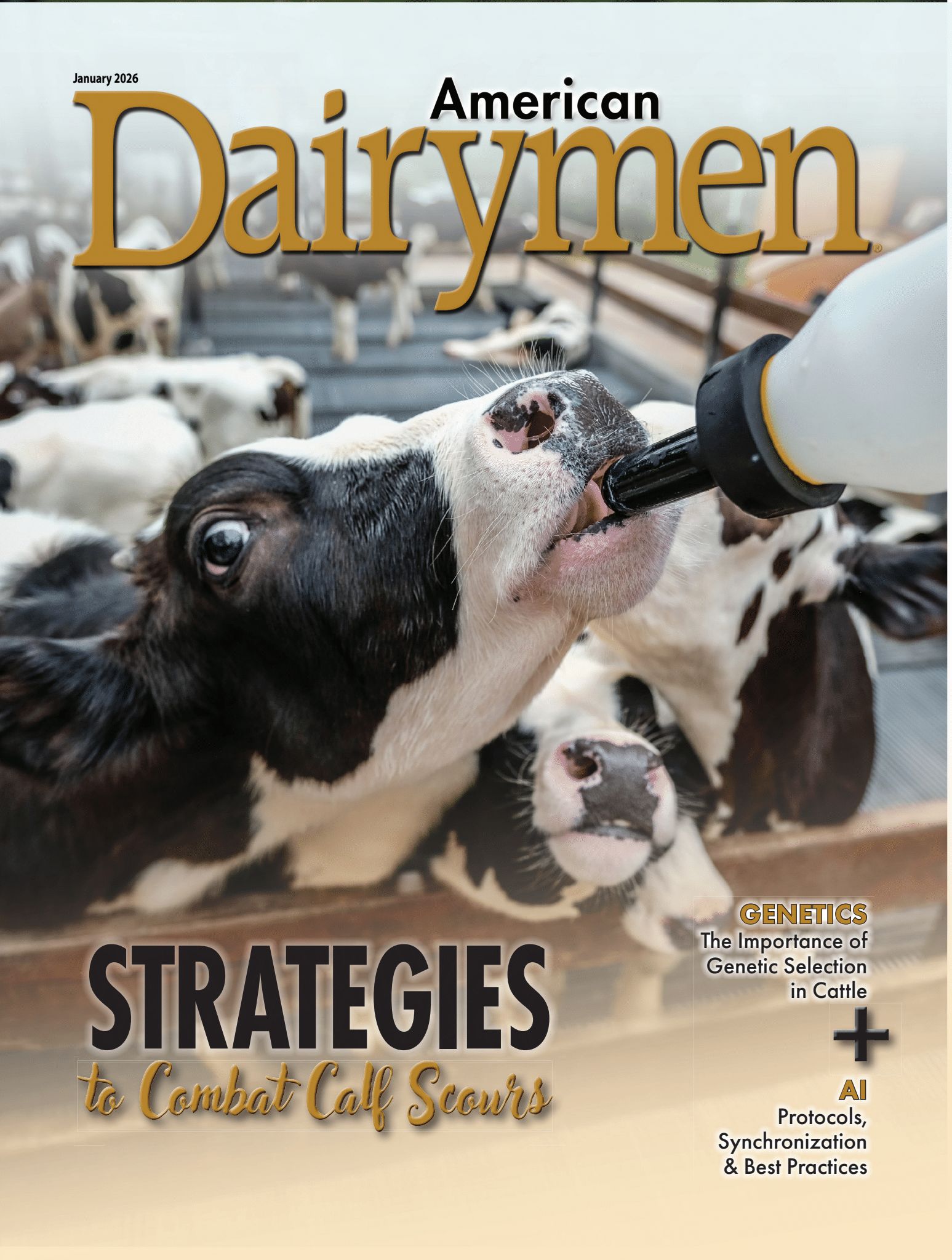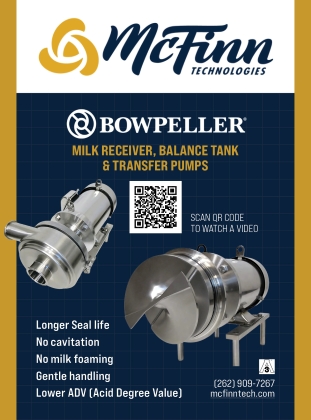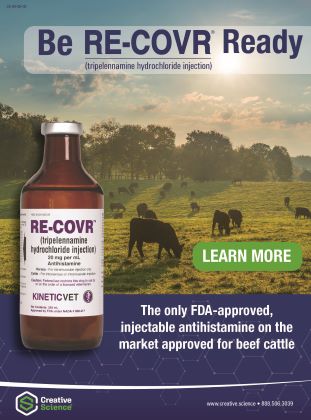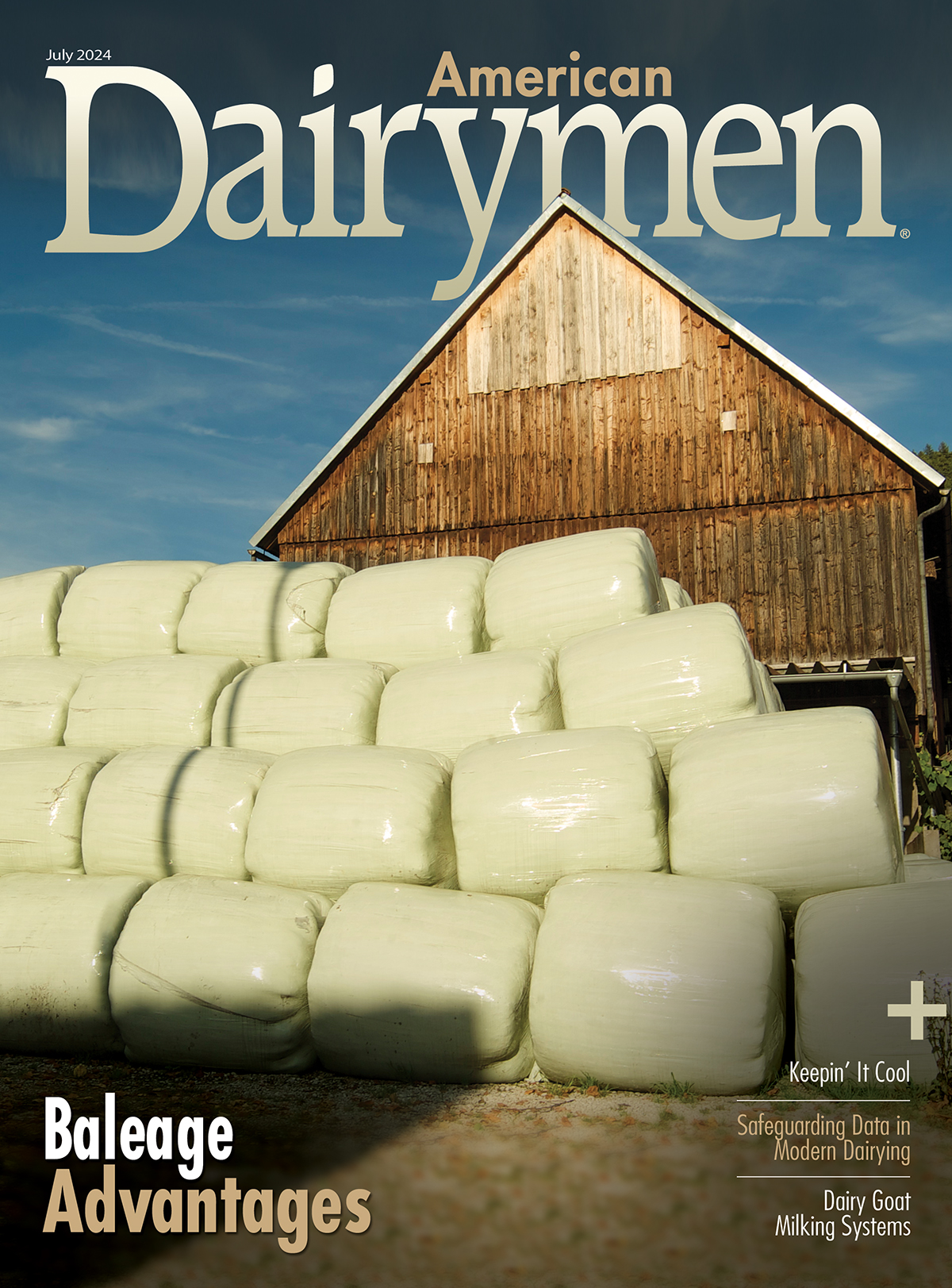Check Out Our Current Issue!
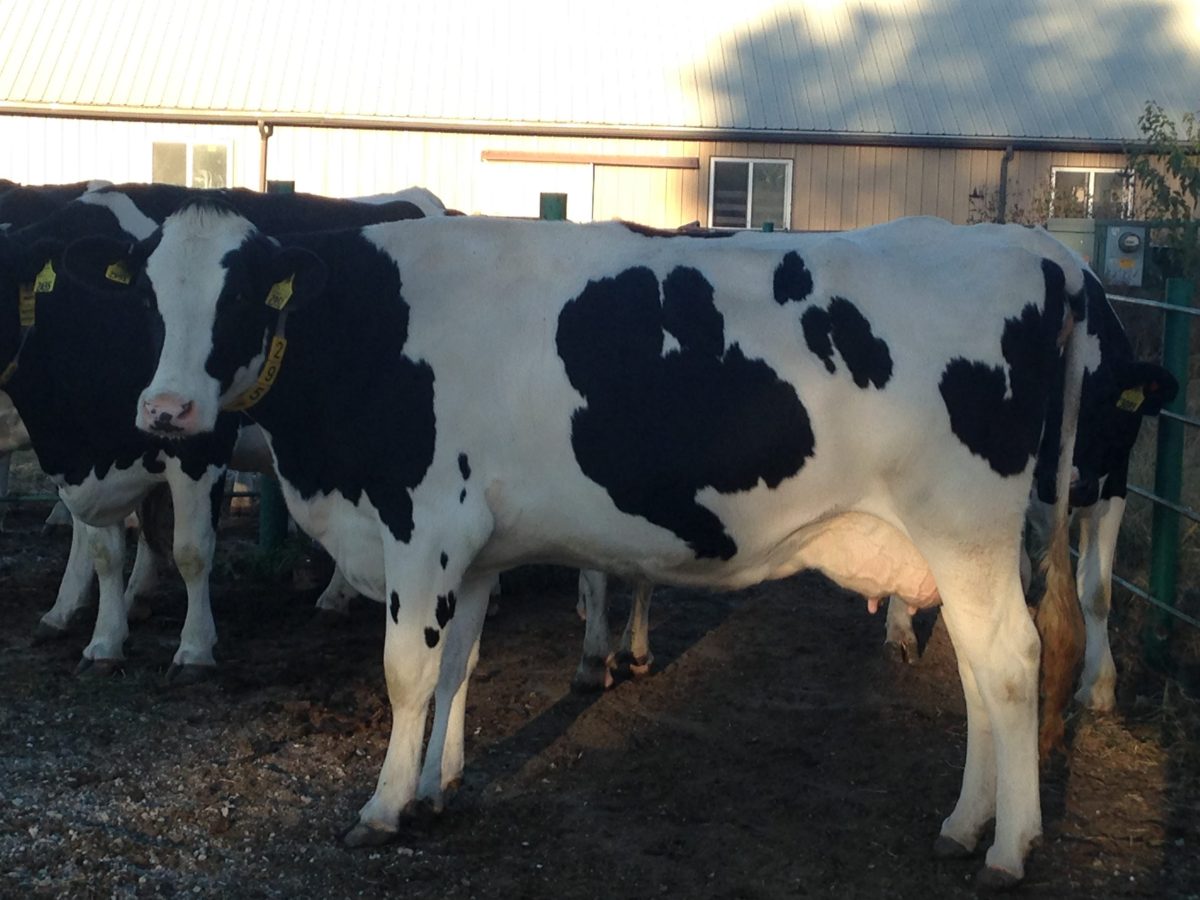
Importance of Genetic Selection in Dairy
Importance of Genetic Selection in Dairy Cattle Genetic selection and genomic testing in dairy cattle has greatly improved the milk production in cows, along with improved health, fertility, calving ease and other important traits. Genomics involves collecting DNA samples from animals to identify desirable traits and predict the animals’ genetic potential, which can help producers […]
READ MORE
A Review of AI Protocols
A Review of AI Protocols, Synchronization and Best Practices Of all the innovations that have helped shape the landscape of dairy farming into what it is today, artificial insemination (AI) is arguably among the single most influential vehicles to accelerate genetic progress. As one of the earliest animal industries to embrace this breeding mechanism, dairy […]
READ MORE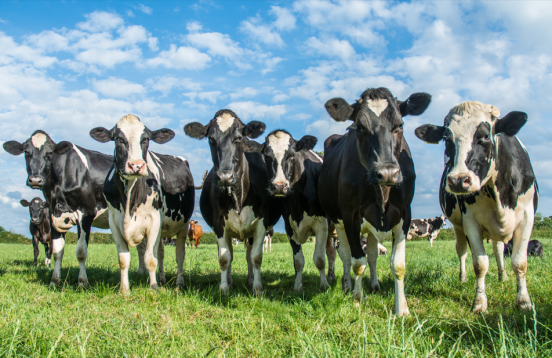
Start Next Year’s Fly Control Today
Start Next Year’s Fly Control Today: The 30/30 Approach from Central Life Sciences As the summer sun beats down across the country, flies may feel like a current concern—but the smartest producers know that successful fly control begins well before pests become visible. In fact, the groundwork for next year’s fly control starts today with […]
READ MORE
Twin Rivers Media Appoints Kaid Panek as Brand Ambassador and Multimedia Content Strategists
Twin Rivers Media, LLC Appoints Kaid Panek as Brand Ambassador & Multimedia Content Strategist Panek to shape brand voice, elevate creator partnerships, and lead cross-platform storytelling Fort Dodge, Iowa — October 31, 2025 — Twin Rivers Media, LLC today announced the hiring of Kaid Panek as Brand Ambassador & Multimedia Content Strategist. In this role, [...] READ MOREFeatured Story
Regenerative Agriculture on a Dairy Farm
Paul and Erin Kernaleguen are dairy farmers and soil consultants near Birch Hills, Saskatchewan, committed to regenerative practices in growing forage for their cattle. They farm with Paul’s Parents, Jos and Brenda.
“We were a very conventional dairy operation until 2012 when we started looking at doing some things differently because our weather was super-wet for a couple years. Our average annual precipitation is about 12 inches of moisture, but we’d had two years in a row with about 40 to 50 inches, which made farming extremely difficult!” says Paul.
Twin Rivers Media
Publisher of American Cattlemen and American Dairymen magazines. Founded over 30 years ago, Twin Rivers Media serves the information and marketing needs of America’s beef and dairy producers.
In addition to our industry leading print magazines, Twin Rivers Media is a comprehensive multi-media communications company reaching producers and suppliers across all media channels.




